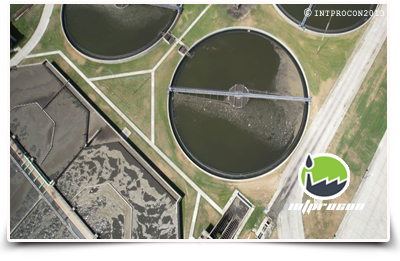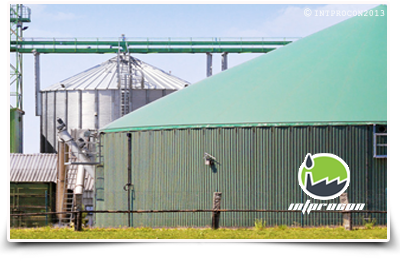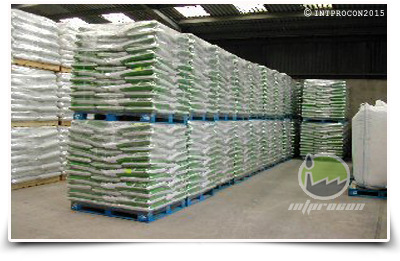BIOSOLID PROCESSING PLANTS
General information
Biosolids generated in wastewater treatment plants are estimated at 3 trillion liters (only in Canada) that are converted into 500,000 m3 of dry biosolids.
There are many initiatives that have been generated to process these wastes, but moving them is a costly task, with water being the major part of the product and the pollution that these generate

Produce:

WHAT IS CONTROLLED WITH THE PROCESS?
Waste can be converted into organic fertilizers or electricity precursors (previously processed in biodigesters), but they must be processed with the aim of:
If you need more information about our solutions
Fill out the form and we will assist you as quickly as possible.

Reconverting these waste materials useful for other industries and the possibility of being responsible with the environment, generating a business opportunity from waste is a common practice in our countries.
